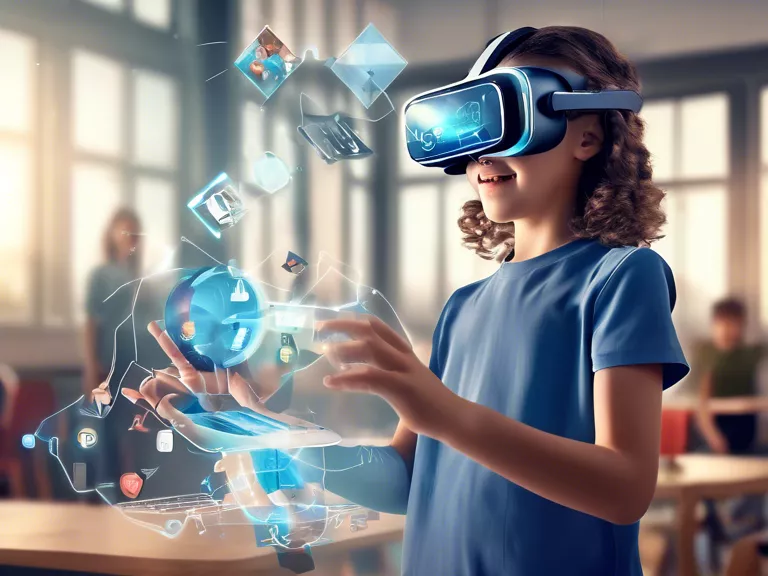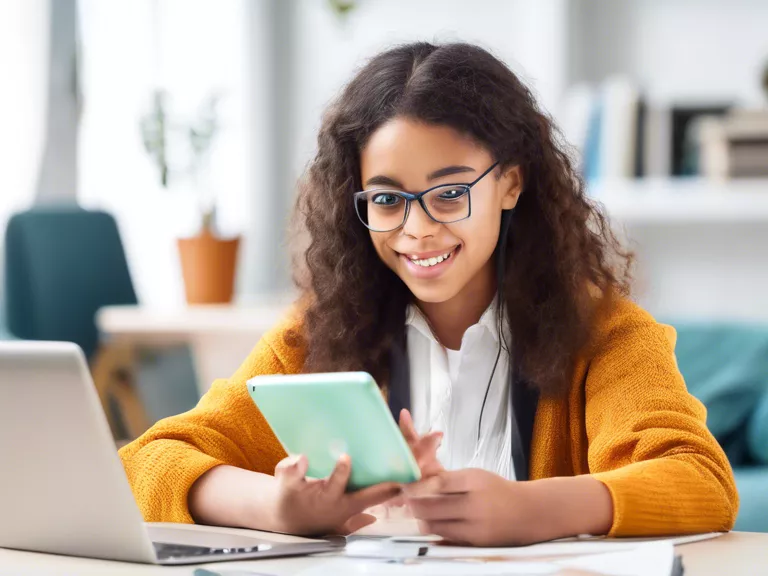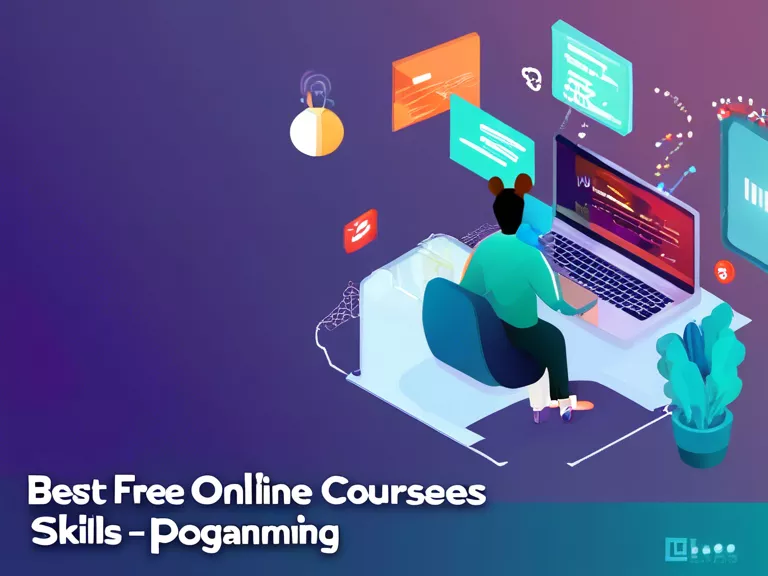
The Future of Interactive Learning with AR and VR in Education
The integration of AR (Augmented Reality) and VR (Virtual Reality) technologies in education has opened up a world of possibilities for interactive learning experiences. By immersing students in virtual environments and overlaying digital information on the real world, these technologies are transforming the way students learn and engage with educational content.
Benefits of AR and VR in Education
Engagement: AR and VR provide a highly engaging and interactive learning experience that helps students stay focused and motivated.
Hands-on Learning: These technologies allow students to interact with virtual objects and environments, facilitating experiential and hands-on learning.
Personalized Learning: AR and VR can be customized to cater to individual learning styles and preferences, making education more personalized and adaptive.
Global Learning: With AR and VR, students can connect with peers and educators from around the world, fostering a global learning community.
Accessibility: AR and VR enable students to access educational content anytime, anywhere, breaking down geographical barriers to learning.
Applications of AR and VR in Education
Virtual Field Trips: Students can explore historical sites, museums, and natural wonders through VR simulations, enhancing their understanding of the world.
Interactive Simulations: AR and VR can be used to create interactive simulations for STEM subjects, allowing students to conduct experiments and explore scientific concepts in a safe virtual environment.
Language Learning: AR can overlay translations and visual cues in real time, making language learning more interactive and immersive.
Professional Development: Educators can use AR and VR to receive training and professional development, enhancing their teaching skills and techniques.
Special Education: AR and VR can be tailored to support students with special needs, providing them with customized learning experiences and resources.
Overall, the future of interactive learning with AR and VR in education is bright, offering endless possibilities for enhancing the learning process and preparing students for the challenges of the 21st century.



